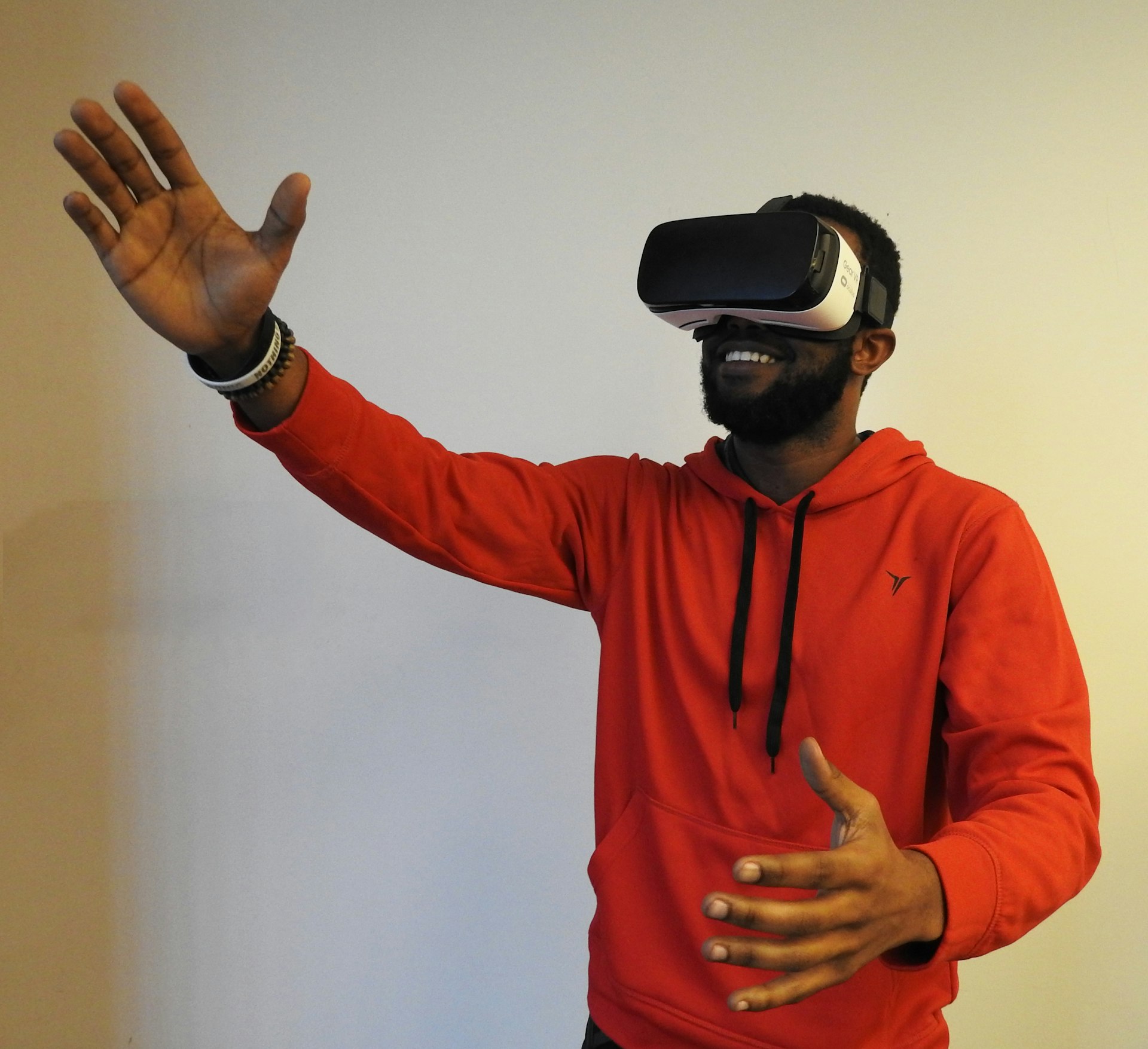Integrative Medicine Approaches for Lasting Chronic Pain Relief

Photo by julien Tromeur on Unsplash
Understanding Chronic Pain and the Need for Integrative Solutions
Chronic pain affects millions of people worldwide, leading to significant impacts on daily life, work productivity, and overall well-being. Traditional approaches, primarily reliant on pharmaceutical treatments, have been associated with potential side effects, including dependency and limited long-term efficacy. The ongoing opioid crisis has further highlighted the necessity for alternative, non-opioid strategies that provide lasting relief and address the complexities of chronic pain conditions. [5]
What Is Integrative Medicine?
Integrative medicine is a patient-centered approach that combines conventional medical treatments with evidence-based complementary therapies. This model addresses the physical, emotional, and psychological aspects of chronic pain, recognizing that effective management often requires more than medication alone. Common therapies include massage, acupuncture, chiropractic care, mind-body techniques, and yoga. [1] [2]
Evidence Supporting Integrative Medicine for Chronic Pain
Recent studies demonstrate that integrative medicine approaches can significantly reduce pain levels, improve function, and enhance patient satisfaction. In a comparative study of adults with conditions such as arthritis, fibromyalgia, neuropathy, and chronic back pain, participants who received integrative therapies experienced greater reductions in pain and better functional outcomes than those receiving conventional treatments alone. Notably, these individuals also reported fewer adverse effects, such as gastrointestinal problems and dependency risks. [1]
Systematic reviews further reveal that therapies such as acupuncture, massage, osteopathic and spinal manipulation, and yoga contribute to short-term pain relief, especially when combined with physical therapy and lifestyle modifications. [2] The benefits of integrative medicine are especially notable in populations seeking to minimize medication use or those who have not responded well to standard treatments. [4]
Core Integrative Therapies for Chronic Pain
Massage Therapy
Massage involves structured manipulation of muscles and soft tissue to promote relaxation, circulation, and pain relief. Research indicates that regular massage sessions can provide measurable short-term reductions in pain, particularly for conditions like lower back pain and fibromyalgia. Patients are encouraged to consult licensed massage therapists, and many physical therapy clinics now incorporate massage as a standard offering. [2]
Acupuncture
This traditional Chinese medicine technique uses fine needles inserted at specific points on the body to modulate nerve pathways and reduce pain. Acupuncture is backed by clinical evidence as an effective adjunct for chronic pain management, offering relief for several months at a time in some cases. To access acupuncture services, individuals can search for certified practitioners through state licensing boards or established medical centers with integrative health departments.
Chiropractic and Osteopathic Manipulation
Chiropractors and osteopathic physicians employ manual adjustments and manipulations to address pain arising from musculoskeletal disorders, such as joint dysfunction and spinal issues. Studies show these interventions can decrease pain intensity and disability while enhancing mobility. [4]
Yoga and Mind-Body Therapies
Yoga combines physical postures, breathing exercises, and meditation to foster flexibility, reduce muscle tension, and enhance mental resilience. Mindfulness-based stress reduction (MBSR) and cognitive-behavioral therapy (CBT) are additional mind-body modalities proven to help patients reduce pain perception and cope with the emotional burdens of chronic pain. [2]
Implementing Integrative Medicine: Practical Steps
Integrative approaches are typically personalized, involving collaboration between patients and healthcare providers. Here are step-by-step strategies to access and implement integrative medicine for chronic pain management:
- Consult Your Primary Care Provider: Begin by discussing your interest in integrative therapies with your physician. They can help determine which treatments are appropriate for your diagnosis and may provide referrals to reputable practitioners.
- Research Licensed Providers: For massage, acupuncture, or chiropractic care, consult professional associations (such as the American Massage Therapy Association, American Chiropractic Association, or state acupuncture boards) to verify credentials and locate providers in your area.
- Explore Multidisciplinary Pain Clinics: Many larger medical centers and academic hospitals offer integrative medicine programs. You can search for “integrative medicine clinics” or “multidisciplinary pain centers” at major hospitals or university health systems in your region.
- Inquire About Insurance Coverage: Some integrative therapies may be partially or fully covered by insurance plans, especially when prescribed for chronic pain. Contact your insurance provider to confirm eligible services and reimbursement procedures.
- Participate in Group or Online Programs: Group visits and online platforms for integrative medicine can provide education, peer support, and guided therapy. For example, some hospitals offer Integrative Medical Group Visits (IMGV), combining mindfulness, education, and self-care instruction for chronic pain patients. [3]
- Monitor and Track Progress: Use pain diaries or standardized assessment tools (like the Visual Analog Scale or Brief Pain Inventory) to record changes in pain, function, and quality of life. Share these with your healthcare team to guide ongoing treatment.
Case Example: Integrative Medicine in Practice
A patient with longstanding back pain unresponsive to medication began a multidisciplinary integrative program, including weekly yoga classes, biweekly acupuncture, and monthly massage therapy. Over six months, the patient reported notable reductions in pain intensity and improvements in daily activities. Importantly, reliance on pain medications decreased, and the individual experienced fewer side effects, improved mood, and greater self-efficacy in managing symptoms. Such real-world outcomes are increasingly documented in clinical studies and practice-based reviews. [1]

Photo by National Cancer Institute on Unsplash
Challenges and Solutions
While integrative medicine holds promise, barriers include limited access in some communities, inconsistent insurance coverage, and variability in practitioner training. To overcome these challenges:
- Seek care at established medical centers with integrative health programs.
- Ask providers about telehealth or online resources if local options are unavailable.
- Verify provider credentials and experience before beginning treatment.
- If coverage is a concern, discuss payment plans or sliding-scale options directly with clinics.
Alternative approaches, such as home-based yoga, self-massage techniques, and participation in virtual mindfulness workshops, can supplement professional care when access is limited.
Key Takeaways and Next Steps
Integrative medicine offers a holistic, evidence-based option for chronic pain management that prioritizes patient empowerment, non-pharmacological interventions, and improved quality of life. To get started:
- Speak with your healthcare provider about incorporating integrative therapies.
- Use official search terms like “integrative medicine clinic near me” or “licensed acupuncture practitioner” to locate services.
- Consider reputable hospital systems or university-affiliated health centers for comprehensive care.
- Track your progress and adjust therapies in partnership with your care team.
References
- Journal of Pain Therapy and Clinical Practice (2023). Evaluating the Efficacy of Integrative Medicine Approaches in Managing Chronic Pain Syndromes.
- Cureus (2022). The Benefits of Integrative Medicine in the Management of Chronic Pain.
- PLOS ONE (2019). Effectiveness of Integrative Medicine Group Visits in Chronic Pain and Depression.
- Global Advances in Integrative Medicine and Health (2021). A Systematic Review of Practice-Based Research on CIH Therapies for Pain.
- HealthCity (2020). Integrative Medicine: Reframing Chronic Pain in the Opioid Era.
MORE FROM cheerdeal.com













